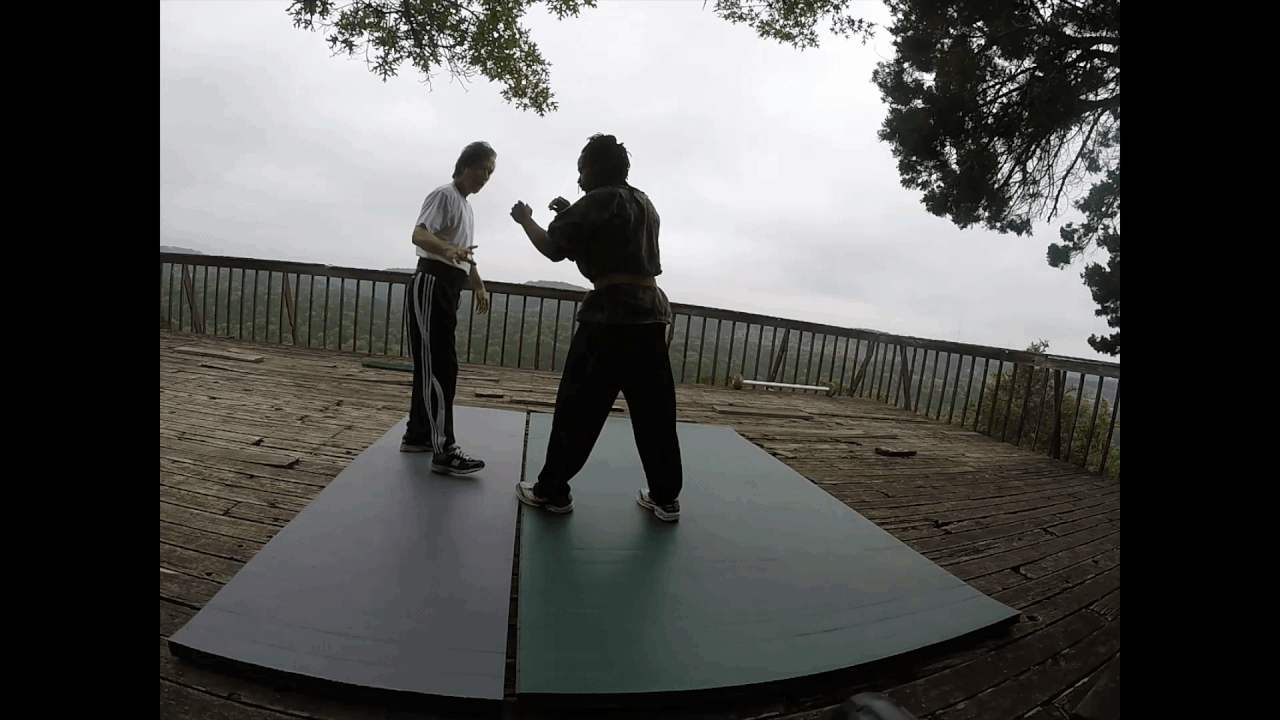windwalker099
Master Black Belt
Different people have different experiences.I think his comments are based on what he may see in forms or in training. Granted it's really difficult to see Hung Ga sparring.
Had a friend who practiced Hung Gar, trained in the 'iron wire' set—sparring with him was like hitting a rock. From what I’ve seen of Hung Gar and Choy Lee Fut, their long-arm techniques are executed from a different stance, the stepping, similar to the stepping in your clips.

Rong Dong / Mike Staples
using crane, and gorilla or ape..aspects.
Tibetan White Crane, the horse used and stepping seems to be very different
from most other CMA I've seen.
Based off of whats called triangle in and out
using the 45° horse

practiced as shown at first with the hands on the waist..
TWC a sister style of Lama hop gar... a little different based off of the same root style.
Mike, at the time was exploring using "boxing" as a kind of short arm addition to the syllabus.
Note: My training in Tibetan White Crane (TWC) was limited, focused primarily on striking. Did a lot of 'testing' against other stylists in making it functional, there are other aspects, didn’t get a chance to explore.
For those who teach or have it as their main practice, feel free to correct, or fill in gaps as needed...
Appreciated
@ Kung Fu Wang
Reminds me of your "Rhino" guard
David Ross,
Chan Tai San Lion’s Roar Lama Pai Kung Fu
Last edited:





